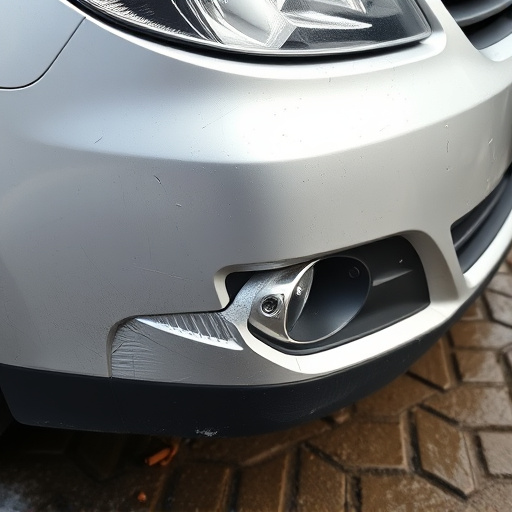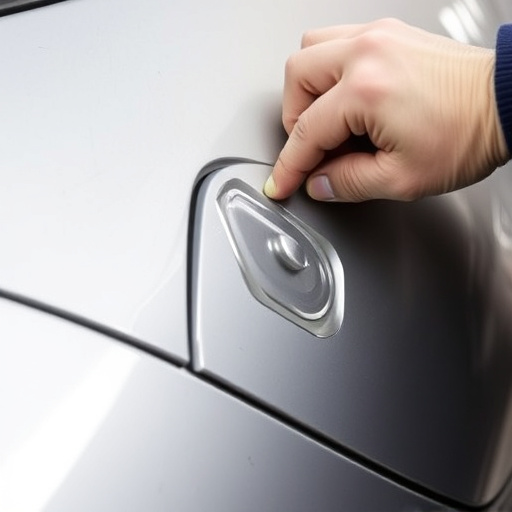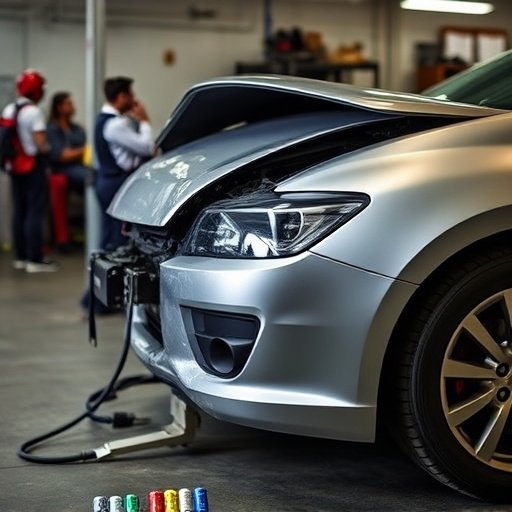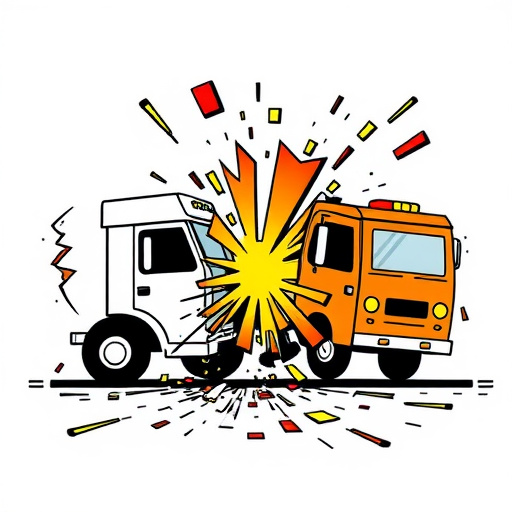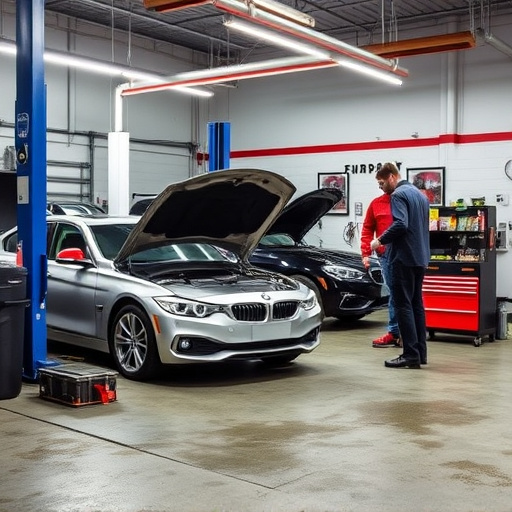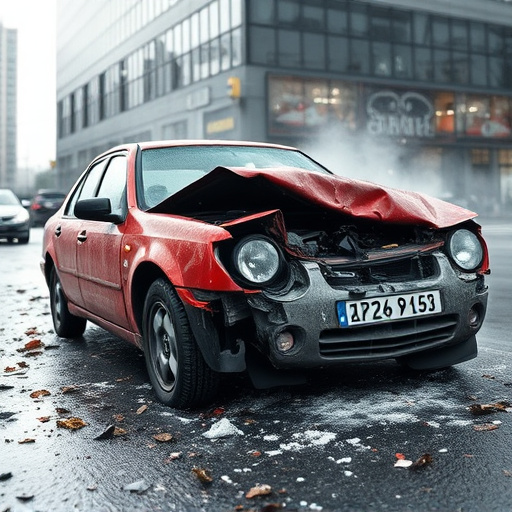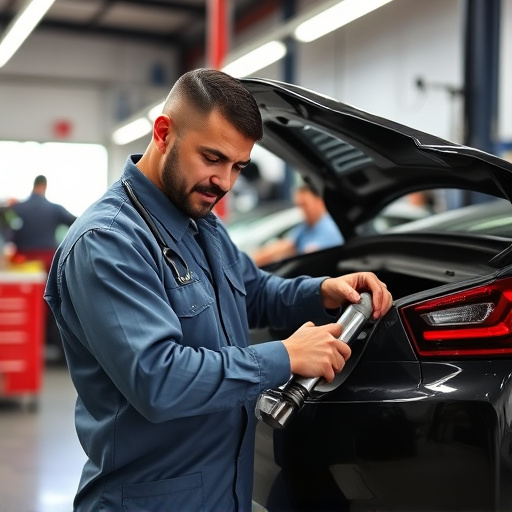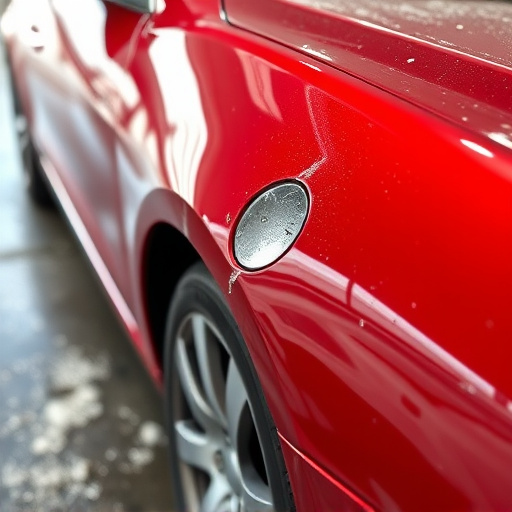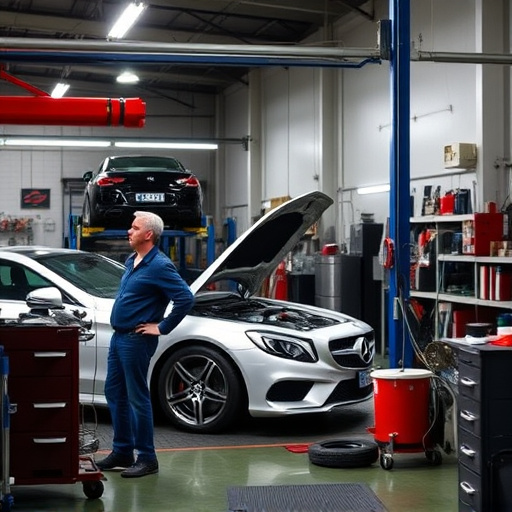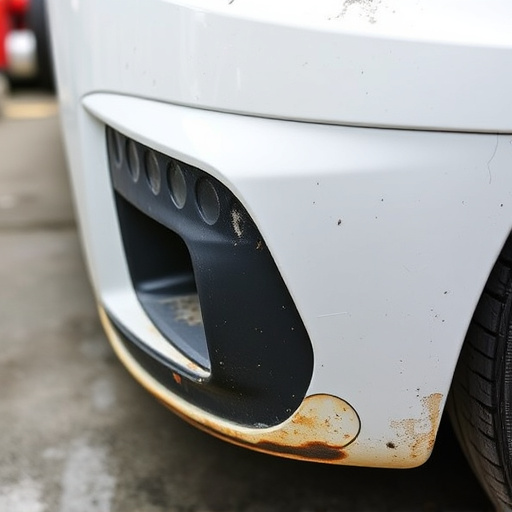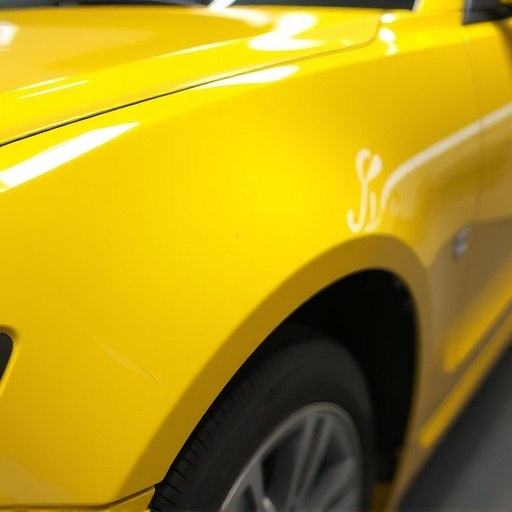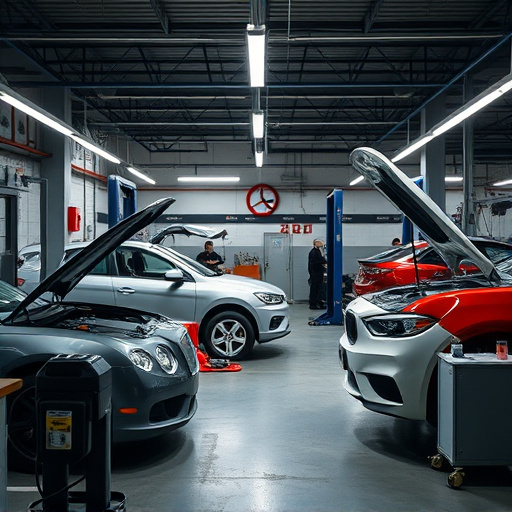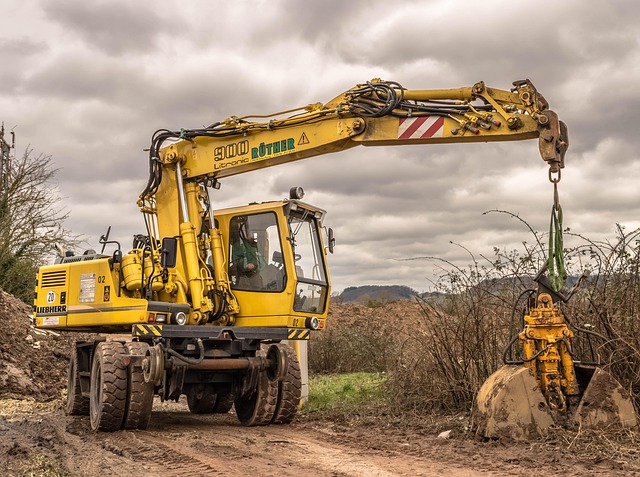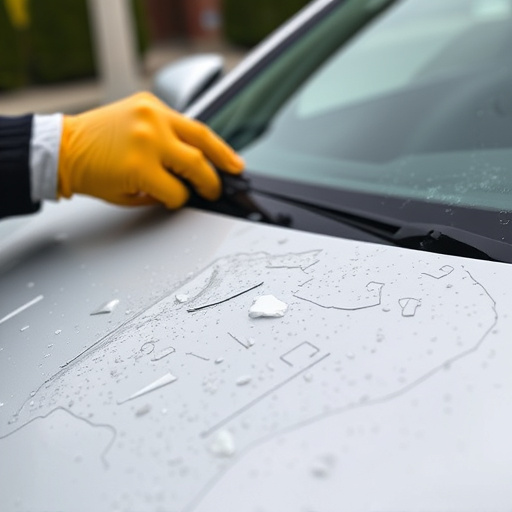Custom color matching creates accurate vehicle hues by analyzing existing colors' chemical composition and blending pigments precisely. It offers flexibility for unique colors but may show discrepancies under different lighting or over time. Manufacturer color codes provide consistent, precise specifications for exact color replication, crucial for maintaining a seamless original finish in automotive repair, like dent removal.
In the world of design, achieving precise colors is paramount. This article delves into the heart of two color acquisition methods: custom color matching and manufacturer color codes. Understanding the nuances of each approach is key for professionals aiming for accuracy and versatility. We explore the custom color matching process, dissecting manufacturer color codes’ standardization versus flexibility, and compare their accuracy and diverse applications. By the end, you’ll grasp the strategic advantages of each in various design contexts.
- Understanding Custom Color Matching Process
- Manufacturer Color Codes: Standardization vs. Flexibility
- Comparing Accuracy and Applications
Understanding Custom Color Matching Process
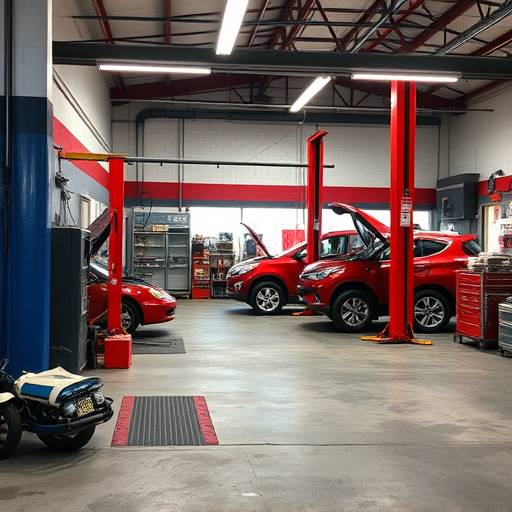
Custom color matching is a precise art that involves recreating unique hues to match the original shade of a vehicle, especially in cases of car restoration or vehicle dent repair. This process is particularly crucial for collision repair shops aiming to restore their clients’ cars to their pre-accident condition. It begins with an in-depth analysis of the existing color, often using advanced tools and techniques. The goal is to capture not just the visual aspect but also the chemical composition of the paint to ensure a perfect match.
This method goes beyond simple color codes provided by manufacturers as it delves into the intricate details of each shade, considering factors like pigment, binder, and other additives. Skilled technicians mix and blend specialized pigments to replicate these precise specifications. The outcome is a customized color that not only looks identical but also withstands the same environmental conditions as the original paint, ensuring longevity in various weather scenarios, be it sun exposure or cold climates.
Manufacturer Color Codes: Standardization vs. Flexibility
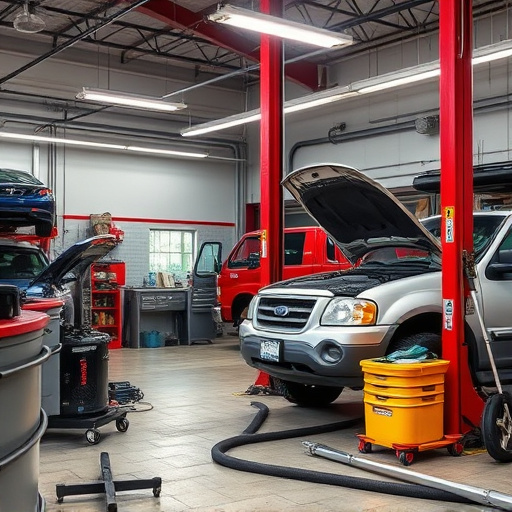
Manufacturer Color Codes represent a standardized system for identifying and reproducing specific colors, designed to ensure consistency across various vehicle models and production runs. This standardization is beneficial in industries like collision repair and vehicle body repair, where accurate color matching is crucial for high-quality finishes. Using these codes, technicians can order paints precisely tailored to the make and model of a car, facilitating efficient dent removal and ensuring that repairs blend seamlessly with the original finish.
However, while Manufacturer Color Codes offer this level of standardization, they may lack the flexibility required for unique or custom color requests. In contrast, Custom Color Matching allows for more creative options, catering to individuals seeking distinctive hues not readily available through standard codes. This flexibility is particularly appealing in scenarios where vehicle owners desire specialized colors or personal touches, enhancing both the aesthetic appeal and individuality of their vehicles during processes like dent removal.
Comparing Accuracy and Applications
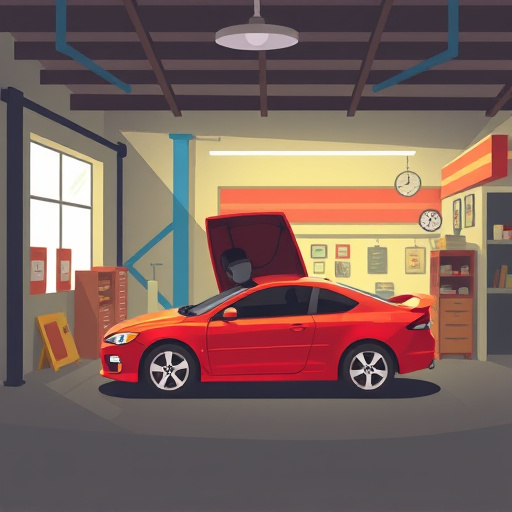
When comparing custom color matching to manufacturer color codes, accuracy is paramount. Custom color matching involves recreating a specific shade using a combination of base colors and additives, while manufacturer color codes provide precise specifications for reproduction. While custom matching can offer flexibility and unique options, it may not always match exactly, leading to visible differences in certain lighting conditions or over time. On the other hand, adhering to manufacturer codes ensures consistency across different production runs and models, resulting in a more accurate replication.
This distinction is particularly relevant in industries such as automotive repair, where vehicle owners expect their cars to retain their original finish seamlessly. For example, when conducting dent removal or car dent repair, using manufacturer color codes guarantees that the repaired area not only matches the surrounding surface but also withstands wear and tear over time. In contrast, custom color matching, while useful for unique or specialized applications, may require additional maintenance and touch-ups to maintain visual harmony in a vehicle’s overall aesthetic, especially when considering the diverse range of dent removal services offered by professional repair shops.
Custom color matching offers a unique advantage over manufacturer color codes by providing tailored solutions for specific design needs. While standardized color codes ensure consistency, custom matching allows for greater flexibility and precision in achieving desired hues. By understanding the processes involved and comparing accuracy across methods, professionals can make informed decisions. Custom color matching proves invaluable in various applications, ensuring that final products meet exacting aesthetic standards.
